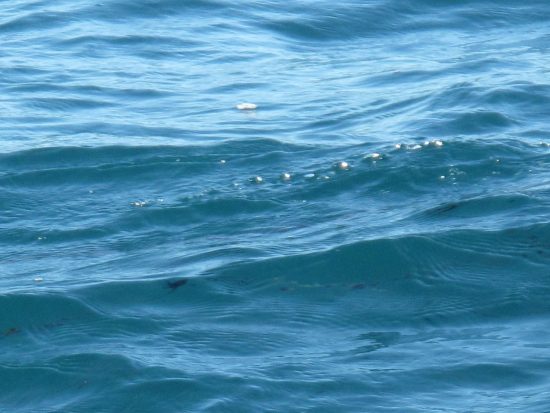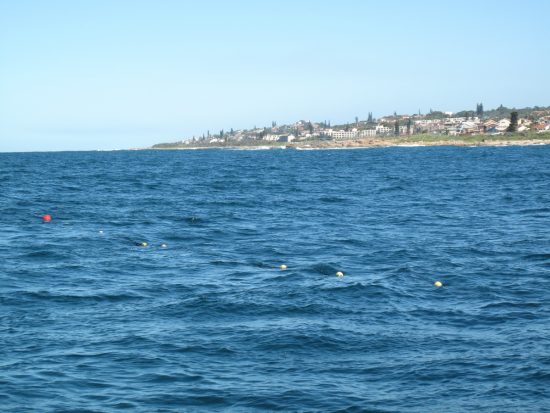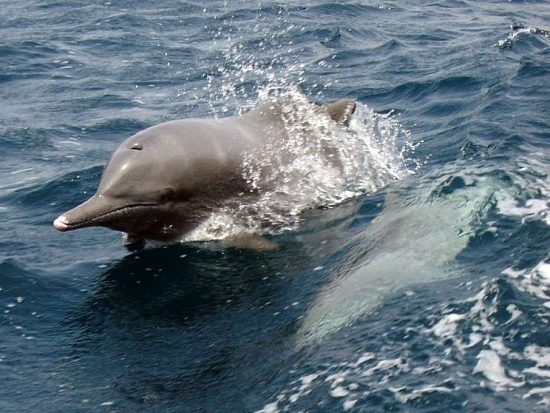




Negative effect on biodiversity
Along the coast of KwaZulu-Natal in South Africa, many dolphins die in
gillnets set up to protect swimmers and surfers from shark attacks.
In
a scientific study, scientists warn of the possible extinction of the
rare Indian Ocean humpback dolphin (Sousa plumbea) in the waters of
KwaZulu-Natal.
The Society for Dolphin Conservation (GRD) is committed
to reducing shark nets as soon as possible.
Negative effect on biodiversity
To protect people from shark attacks, about 400 metres off the coast of
popular beaches, gillnets that are about 200 metres long and six metres
high have been installed. However, it is not just sharks that perish in
such nets; numerous other marine animals – totally harmless to people –
like stingrays, sea turtles, smaller sharks and dolphins also perish
because of them.
Richards Bay: death trap for dolphins
The 320-kilometre coastline of KwaZulu-Natal (with their 37 beaches)
are protected by 23.4 kilometres of nets. However, 60 percent of the
Indian Ocean humpback dolphins die in Richard Bay, which has gillnets
spanning 1.1 kilometres.
Marine biologist Shanan Atkins from the
Endangered Wildlife Trust in Johannesburg highlights a long-term study
that shows that the dolphins travel along the coast of Richards Bay
frequently. This leads to the constant threat of dying in a gillnet,
which causes a continuous weakening of the population, according to
Atkins.
The last of its kind in South Africa
It is estimated that there are less than 1,000 Indian Ocean humpback
dolphins left along the coast of South Africa. In KwaZulu-Natal, the
number is probably about 200 individuals. The dolphin species is
actually the most endangered marine mammal in South Africa.
Preventing shark attacks without killing sharks
To minimise shark attacks, the GRD advocates the use of alternative,
non-lethal measures to deter sharks. These include “electric fences”
anchored on the seabed to discourage the electro sensitive sharks or
the use of “shark-spotters” (people who keep a lookout and warn others
of approaching sharks). These measures have proven to be effective at
the beaches of Cape Town.
“While people are being protected from shark
attacks, dolphins, sharks and other marine animals would not have to
pay the price with their lives,” said GRD biologist Ulrich Karlowski.
Roland Mauz from the dive centre African Dive Adventures, who operates at Margate and Shelley Beach
in KwaZulu-Natal, describes the situation there: “Ever since the nets
were installed in the 1970s, almost all the coastal sharks have become
extinct. Only very rarely is a shark caught in the nets, because they
are simply no longer around. The damage is already done, and things
cannot be worse.”
 Mares
Mares 7th October 2016
7th October 2016 Kwazulu-Natal Sharks Board, Herrwood Drive, Umhlanga, KwaZulu-Natal, Südafrika
Kwazulu-Natal Sharks Board, Herrwood Drive, Umhlanga, KwaZulu-Natal, Südafrika